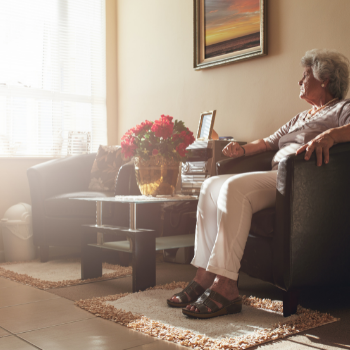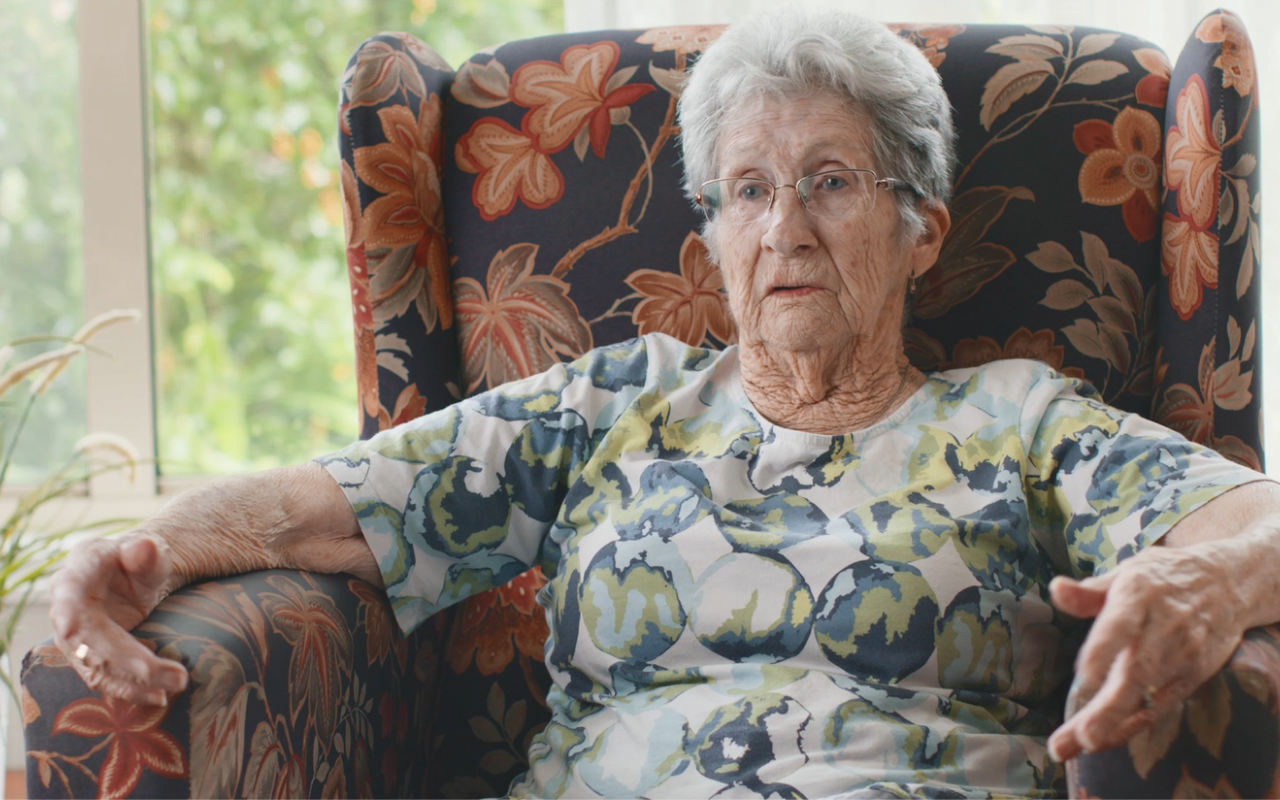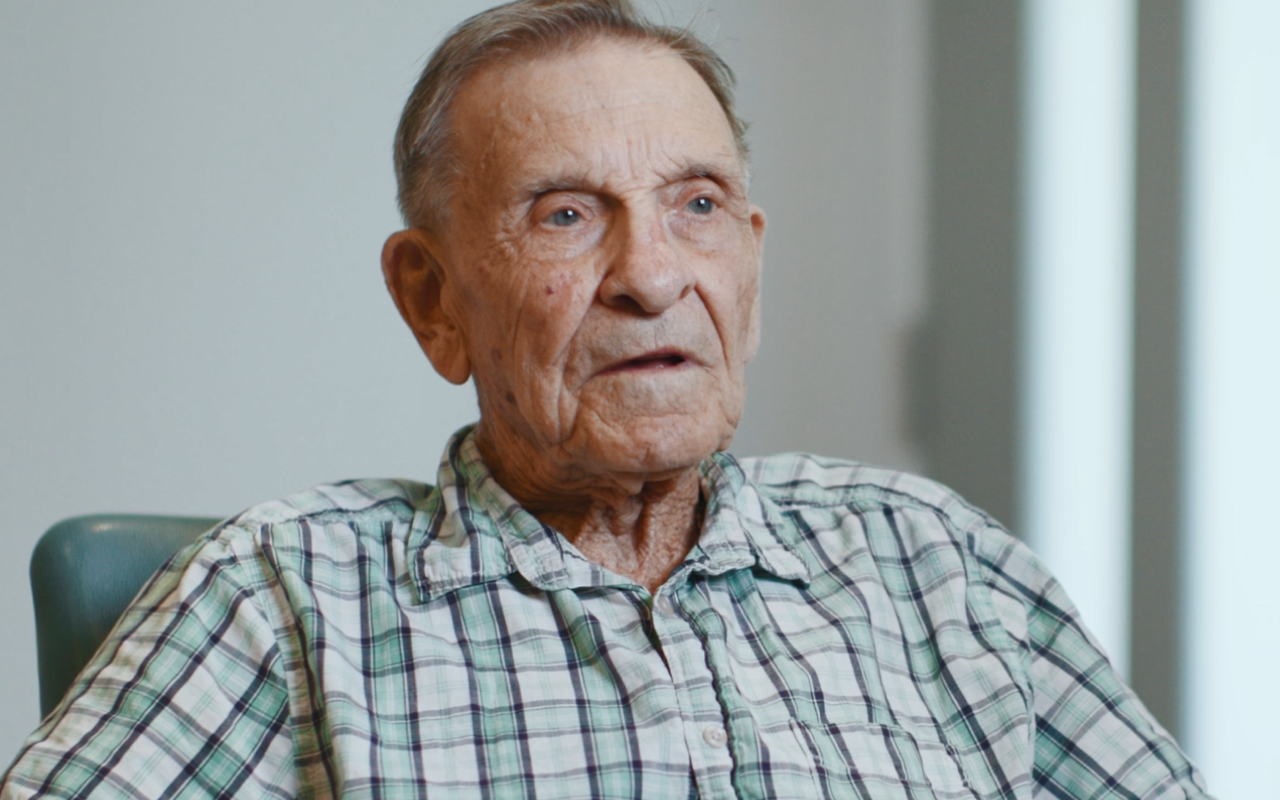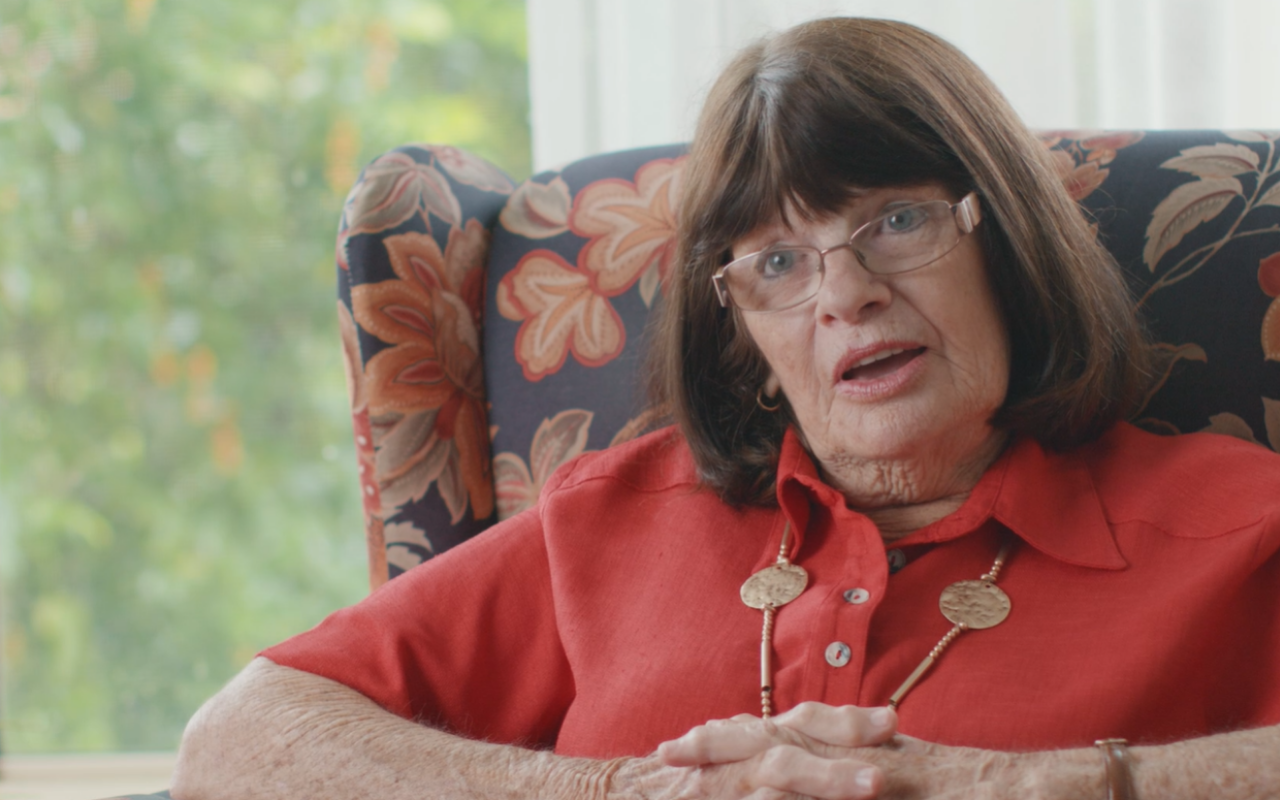Starting your aged care journey?
Here's a quick guide to the steps you'll take.
1. Research

2. Aged care assessment
Not eligible? You can still access our aged care services - you'll just need to pay more for private - or 'self-funded' care.
.png?height=500)
3. Book a tour
.png?height=500)
4. Read documents

5. Seek independent advice

6. Arrange an income and asset test

7. Select your aged care home
.png?height=500)
8. Accept an offer

9. Select your accommodation option

10. Leaving your home

11. Moving in

12. Living in

13. Leaving

Stories from our residents



